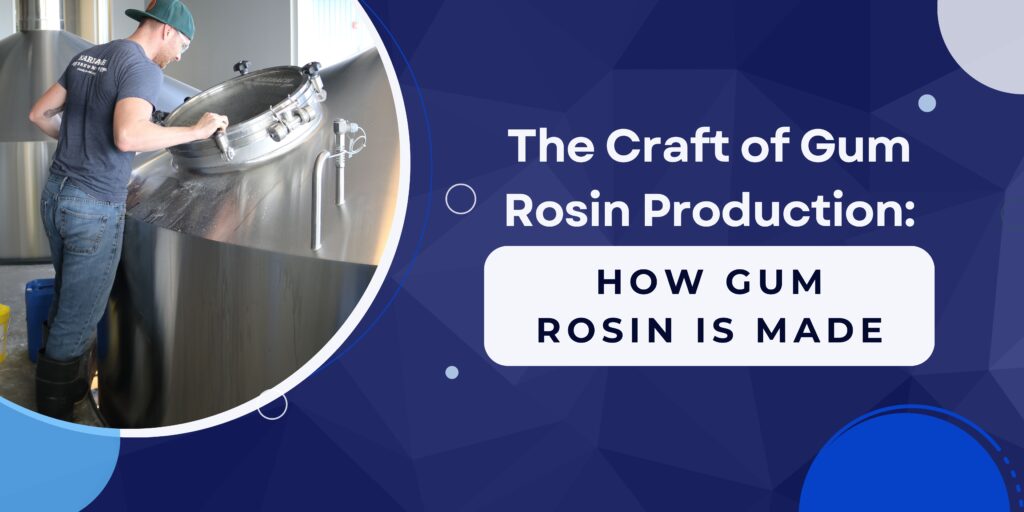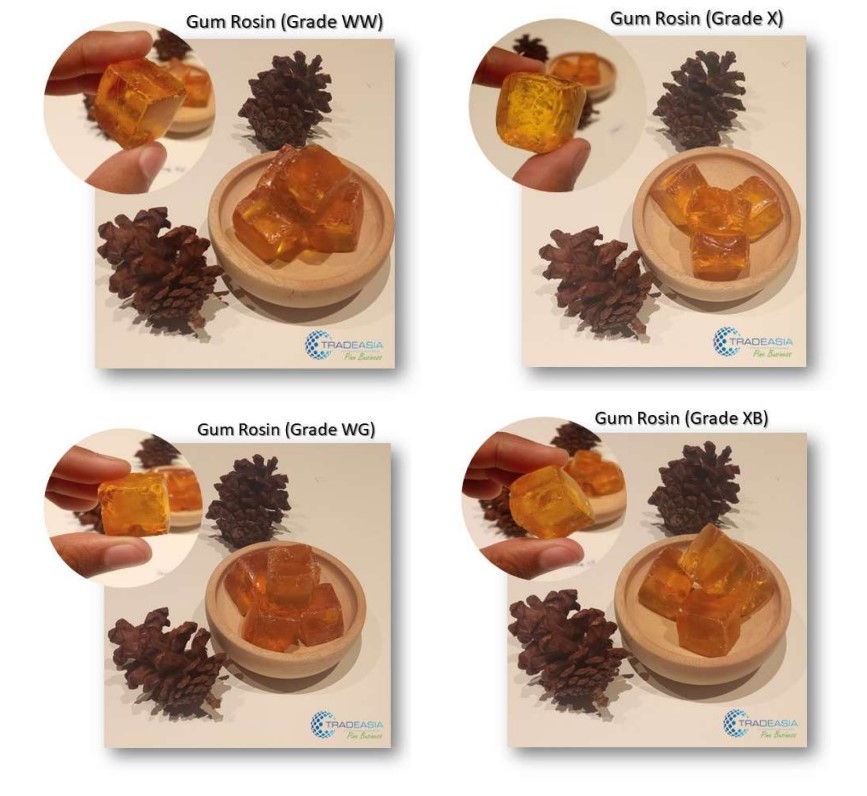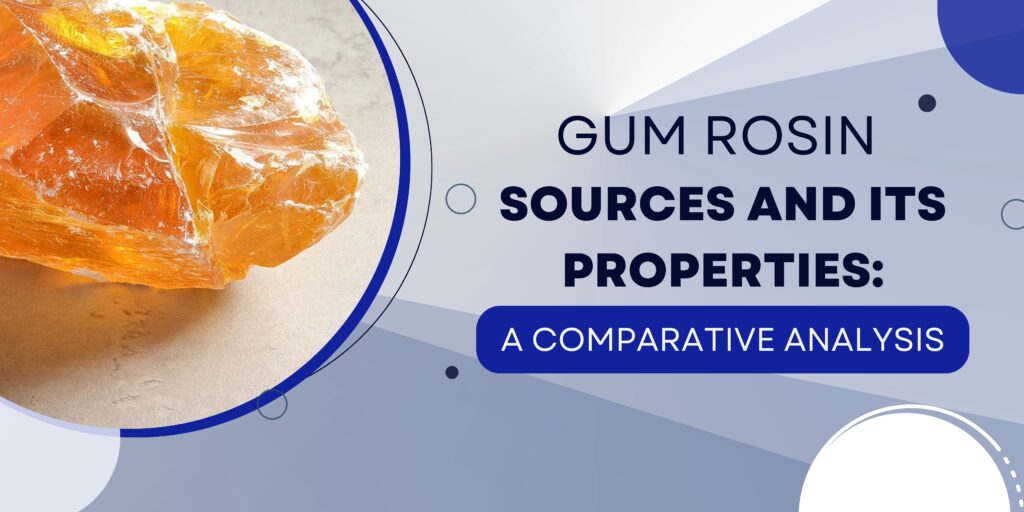
Gum rosin, a natural resin derived from pine trees, has been an essential ingredient in various industries for centuries. Its wide range of applications, from adhesives to inks and more, makes it a vital component in many products we use in our daily lives. This article delves into the intricate process of making gum rosin, exploring its origins, extraction methods, processing, and its diverse applications.
The Origin of Gum Rosin
Gum rosin, often simply referred to as rosin, has its origins in the sap of pine trees, specifically in the oleoresin secreted by various pine species. The primary pine species used for gum rosin production include longleaf pine (Pinus palustris), slash pine (Pinus elliottii), loblolly pine (Pinus taeda), and maritime pine (Pinus pinaster), among others. These trees are predominantly found in regions with suitable climates, such as the southeastern United States, China, and Brazil.
The oleoresin, a sticky substance, serves as a defense mechanism for pine trees against pests and pathogens. It also helps to seal wounds caused by natural factors like storms, animals, or disease. The extraction of gum rosin begins with the careful collection of this oleoresin from pine trees, marking the start of a complex journey to produce this valuable resin.
Extraction of Oleoresin
The extraction of oleoresin from pine trees is a meticulous process that requires both skill and precision. It typically involves several steps, including tapping, collection, and refining. Let’s explore these steps in detail:
Tapping
The first step in the extraction process is tapping, which involves making controlled incisions in the pine tree’s bark to release the oleoresin. Tappers use specialized tools, such as a “hack” or “box,” to cut into the tree’s inner layers, releasing the sticky sap. These tools are designed to minimize damage to the tree and maximize resin yield.
Collection
Once the oleoresin starts to flow from the tree, it is collected in containers or cups attached to the tree. Tappers may visit the trees periodically to check on resin flow and collect the accumulated resin. The collected oleoresin is a semi-liquid substance with a color that can vary from pale yellow to amber, depending on the tree species and environmental factors.
Filtering
Before the collected oleoresin can be further processed, it undergoes a filtering step. This filtration process removes any impurities, such as bark particles and other contaminants, ensuring that the final gum rosin product is of high quality.
Processing of Oleoresin into Gum Rosin
The collected oleoresin undergoes several stages of processing to transform it into gum rosin. The key steps in this process include distillation, softening, and refining:
Distillation
The first stage of processing involves heating the collected oleoresin in a still or retort. The heat causes the volatile components of the oleoresin to evaporate, leaving behind a thick, resinous substance. These volatile components, also known as turpentine, are collected separately and have their own set of applications in various industries.
Softening
To make the resin more manageable, it is softened by melting it at controlled temperatures. This step reduces the resin’s viscosity and makes it easier to handle during the subsequent refining process.
Refining
The softened resin is subjected to refining processes to remove impurities and unwanted components, making it suitable for various industrial applications. This refining typically involves filtering the resin to remove remaining impurities and separating it into different grades based on color, quality, and specific requirements of end-users.
Gum Rosin Grades
Gum rosin is available in various grades, depending on its characteristics and the specific requirements of different industries. The two primary grading systems used for gum rosin are the Gardner Color Scale and the Acid Number:
Gardner Color Scale: This grading system classifies gum rosin based on their color, with lighter rosins being preferred for applications where color is a critical factor. The Gardner Color Scale ranges from the lightest, Grade WW (Water White), to Grade N (Amber).
Acid Number: The Acid Number grading system categorizes gum rosin based on its acid value, which reflects its reactivity and suitability for different applications. Lower acid numbers indicate a less reactive rosin. Common acid number grades include Type A, Type B, and Type C.
Conclusion
The production of gum rosin is a complex yet fascinating process that starts with the extraction of oleoresin from pine trees and proceeds through a series of carefully executed steps, resulting in a versatile and valuable natural resin. Gum rosin’s diverse applications across various industries underscore its importance in our daily lives, from the adhesives that hold our products together to the inks that grace printed materials. Understanding the journey from tree sap to gum rosin allows us to appreciate the versatility and significance of this natural resource in a multitude of industries.




